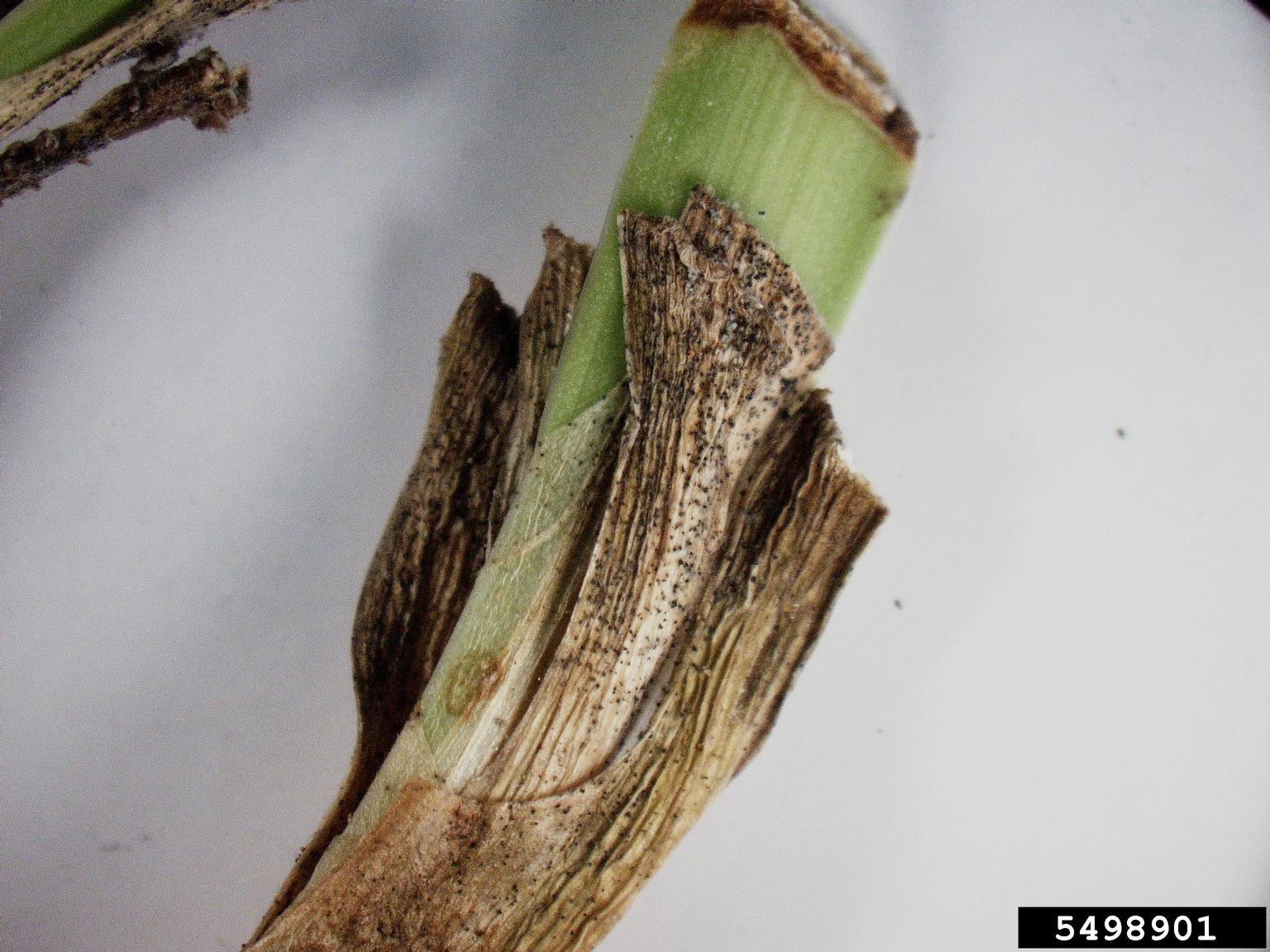Agapanthus Problems: Tips For Treating Diseases Of Agapanthus Plants


Agapanthus, also called Lily of the Nile, is an attractive flowering perennial native to southern Africa. The plant is easy to care for and often disease free, but some agapanthus problems can be devastating. Keep reading to learn more about agapanthus diseases and treating diseases of agapanthus plants.
Agapanthus Problems
The first order of business when dealing with agapanthus diseases is self-protection. Agapanthus has a toxic sap that can irritate the skin. Always wear gloves, long sleeves, and goggles when cutting agapanthus stems. Diseases affecting agapanthus are often brought about by overwatering and too much moisture.
Gray mold
Gray mold is an unsightly fungus that spreads on dying blossoms. The mold needs standing water to grow, so prevent it by watering your agapanthus from below and spacing your plants to allow for good air circulation. If you already have mold, remove the affected parts of the plant and spray the healthy parts thoroughly with neem oil.
Anthracnose
Anthracnose is another of the agapanthus diseases that spreads through water. It causes yellow or brown leaf spotting and eventual drop, and can be treated in the same way as gray mold.
Rot
Bulb rot and root rot are both agapanthus problems that start underground. They show themselves above ground in yellow, wilted leaves and sometimes stunted plants. If you dig the plants up, you’ll find the roots or bulb decayed and discolored. If one of your plants is infected with root or bulb rot, it can’t be saved. The only thing you can do is discard it to prevent the disease from spreading to other plants. First, cut off the foliage at ground level and seal it in a plastic bag. Dig around the roots and lift them out of the ground, removing as much of the soil around them as you can. Seal the roots in a plastic bag and throw it and the foliage away. Cover the spot with a heavy layer of mulch - this will keep the sun away from any remaining roots and kill them.
Sign up for the Gardening Know How newsletter today and receive a free copy of our e-book "How to Grow Delicious Tomatoes".

The only child of a horticulturist and an English teacher, Liz Baessler was destined to become a gardening editor. She has been with Gardening Know how since 2015, and a Senior Editor since 2020. She holds a BA in English from Brandeis University and an MA in English from the University of Geneva, Switzerland. After years of gardening in containers and community garden plots, she finally has a backyard of her own, which she is systematically filling with vegetables and flowers.